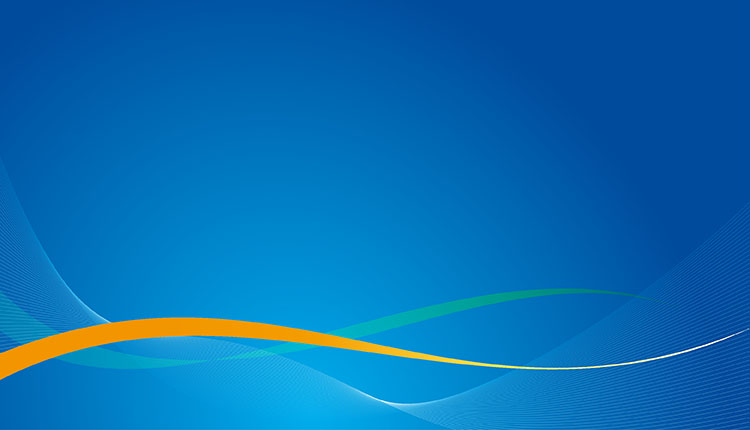




- BRNN
- BRI News
- BRNN News
- Database
Official Documents Polices and Regulations
Inter-government Documents International Cooperation BRI Countries
Business Guide Economic Data BRI Data
Trade
Investment Projects Latest projects
Cases - Content Pool
Note: This column mainly includes countries along the Belt and Road and countries that have signed cooperation agreements with China on Belt and Road Initiative.
| Population | 2.959 million | 2015 |
| GDP | $11.76 billion | 2015 |
| GDP growth | 2.3% | 2015 |
| Inflation | 5.8% | 2015 |
Over the past 25 years, Mongolia has transformed into a vibrant democracy, with treble the level of GDP per capita and increasing school enrolments, and dramatic declines in maternal mortality and child mortality. With vast agricultural and mineral resources and an increasingly educated population, Mongolia’s long-term development prospects are bright.
In the near term, the Mongolian economy continues to wrestle with persistent economic imbalances. Economic growth slowed to 2.3 percent in 2015 amid declining exports from a continued weakening of the commodity market and slower growth in the key export market of China, and growth in 2016 is projected to be less than one percent. The economy has become increasingly reliant on the mining sector—its share of GDP today stands at 20 percent, twice the ratio of a decade ago—and the lack of diversification amplifies the impact of changes in commodity prices.
As the economy boomed in the years since 2010, poverty has fallen apace—Mongolia’s poverty rate declined from 38.8 percent in 2010 to 27.4 percent in 2012 to 21.6 percent in 2014. Even in 2014, many people remained near the poverty line—the weakening economy is raising concerns about the ability of Mongolia’s most vulnerable to deal with the slow-down.
To ensure sustainable and inclusive growth and continue to reduce poverty, Mongolia will need to strengthen governance; build institutional capacity to manage public revenues efficiently; allocate its resources effectively among spending, investing, and saving; and ensure equal opportunities to all its citizens in urban and rural areas. It needs to do this in a manner which protects the environment and intergenerational equity.
Last Updated: Aug 26, 2016
Source: the World Bank

Tel:86-10-65368972, 86-10-65369967